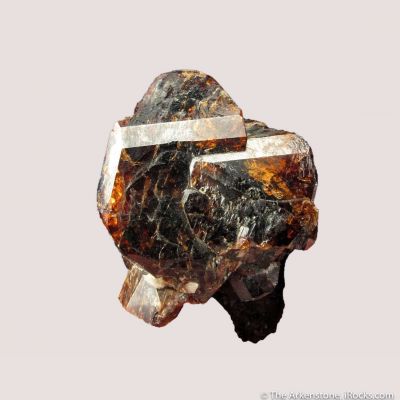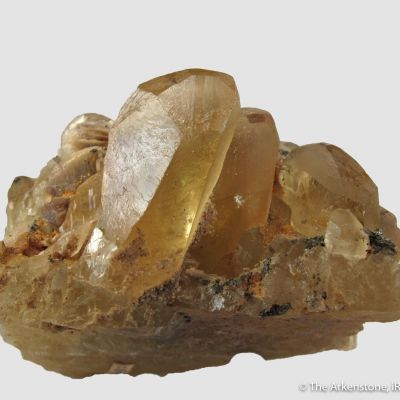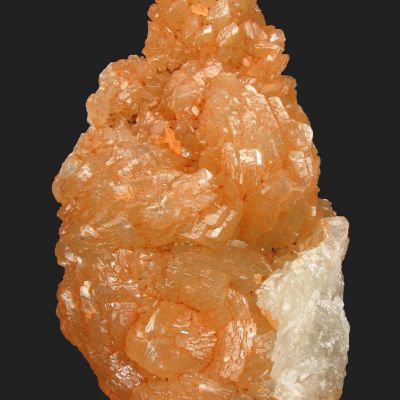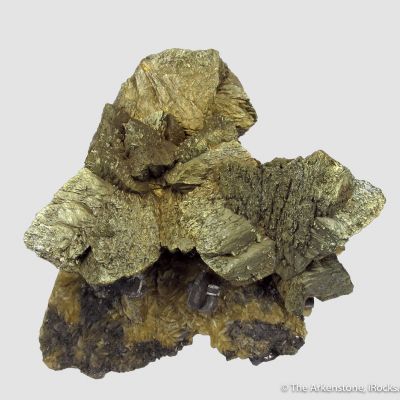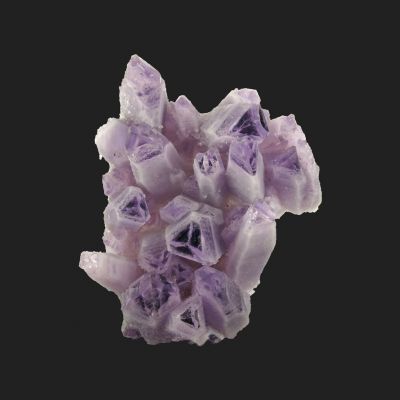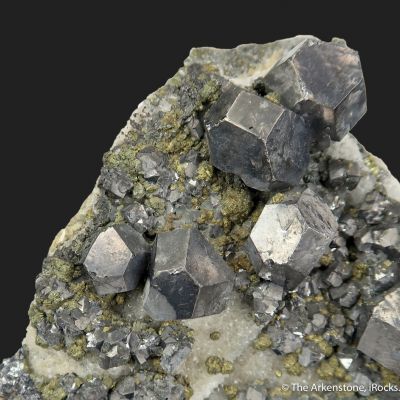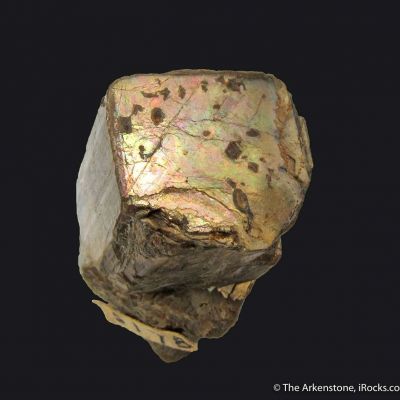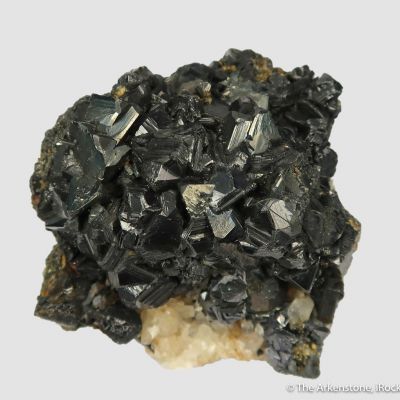- KRa-25
- Pyrostilpnite (type locale, ex Heuland 1839) ex BMNH and USNM
- St Andreasberg, St Andreasberg District, Harz, Lower Saxony, Germany
- Miniature, 5.2 x 4.1 x 1.9 cm
- Ex. Smithsonian Institution; British Museum of Natural History; Kay Robertson; Isaac Walker
- SOLD
This is one of those times I feel privileged to handle a treasure. Pyrostilpnite is the rare, monoclinic dimorph of Pyrargyrite, the well-known and highly coveted silver mineral. MINDAT: originally described as Feuerblende (Feuer = fire, Blende from blenden = to blind, for the adamantine luster), later translated into Pyrostilpnite (from Greek pyr = fire, stilpnos = bright or shining). This long and slender 8 mm crystal is well protected in a pocket to survive two centuries of handling. It is almost certainly form the type finds of the species, and is an extremely significant piece that was one of the proudest items in the collection. The luster and golden-red color are both excellent, and typical for the species. Quite scarce, this old-time specimen from the famous mines at St. Andreasberg has an incredible provenance. It has traveled through the collections of Isaac Walker (1794-1853: for info see http://minrec.org/labels.asp?colid=1856), the British Museum (BMNH), and the Smithsonian (US National Museum) before landing with Kay Robertson (a 1971 purchase from noted dealer Walt Lidstrom at the Ventura show near Los Angeles). Here is a fascinating excerpt from the Min Record archival biography cited above: Walker purchased much of his fine mineral collection from Henry Heuland (1778-1856), including specimens from Heuland's private collection and from many others including the collection of Lady Louise Aylesford (1761-1832). According to his labels, he made his first purchases from Heuland in 1808 when Heuland was selling the Jacob Forster collection; Walker was just 14 years old. Subsequent purchases were made in 1813, 1816, 1817, 1818, 1821, 1826, 1827, 1829, 1830, 1832, 1833, 1834, 1835, 1836, 1837, 1838, 1839, 1840 and 1842 (and possibly other years). He noted a one-letter code on his labels indicating which collection the specimen had come from, "H" indicating Heuland's personal collection, "F" indicating the Forster collection, and other letters, e.g. T (James Tennant?), C (Alexander Crichton?), R, S, B, and L, representing other collections, some via Heuland. Walker also noted a code in the lower left-hand corner for the price he paid for most specimens: "O", "I", "

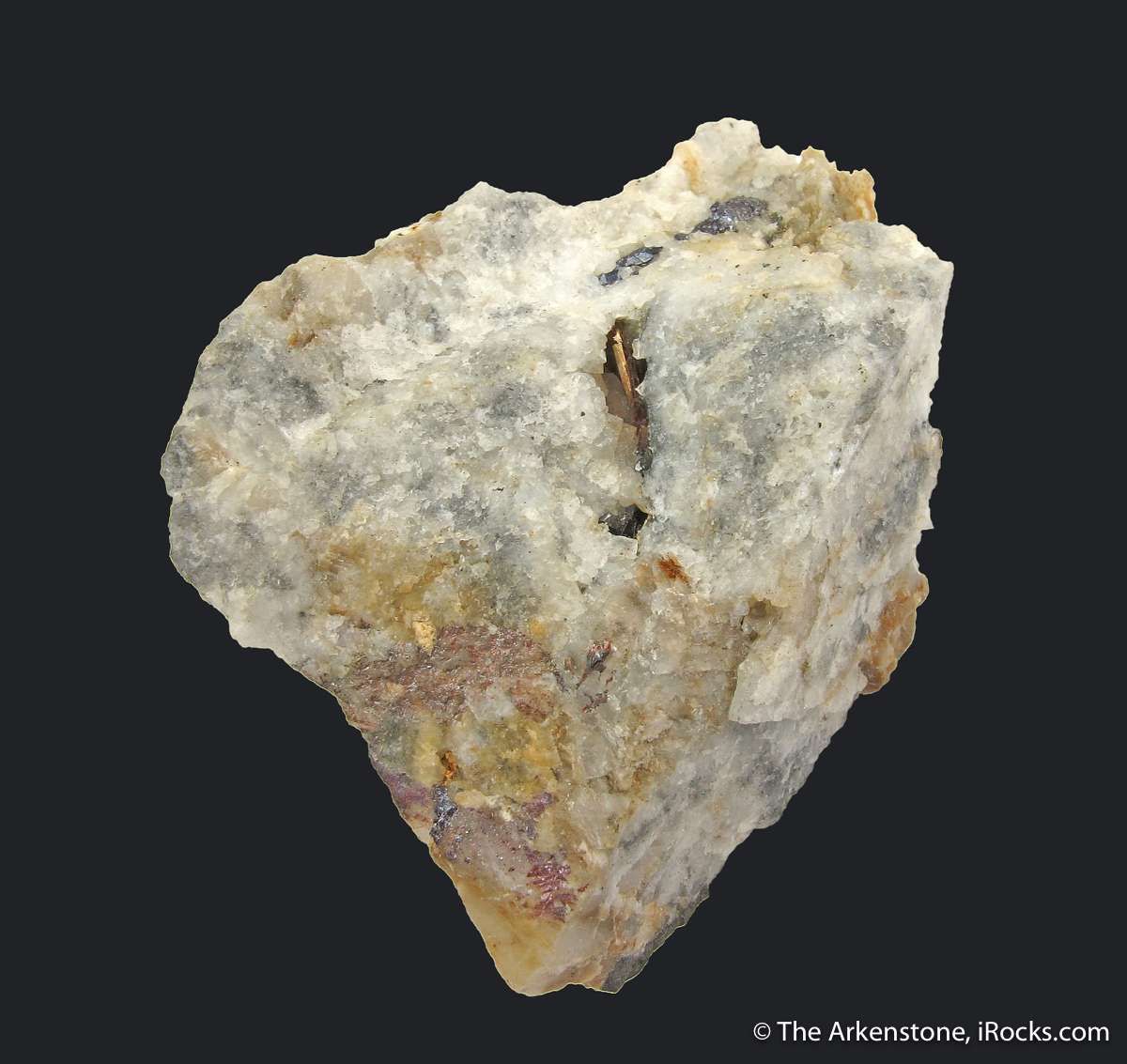

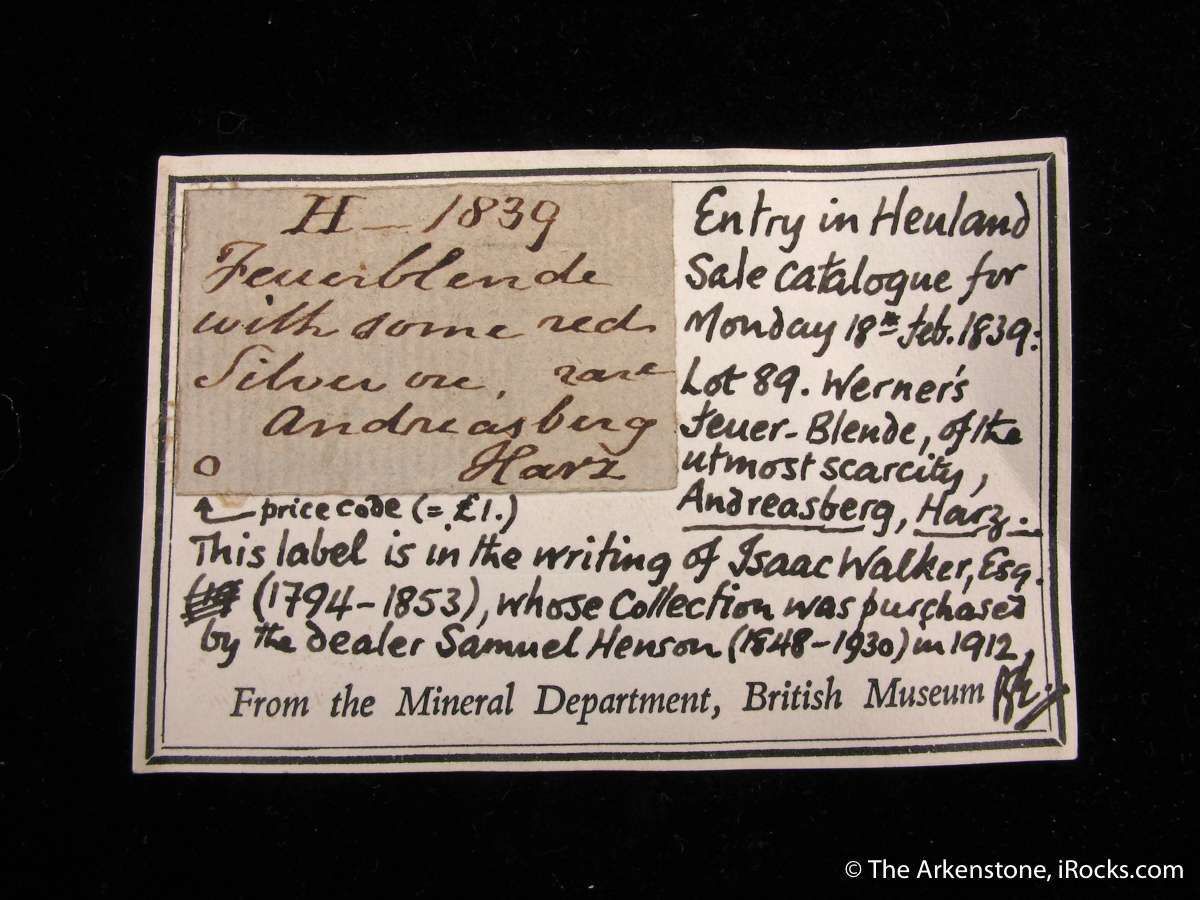
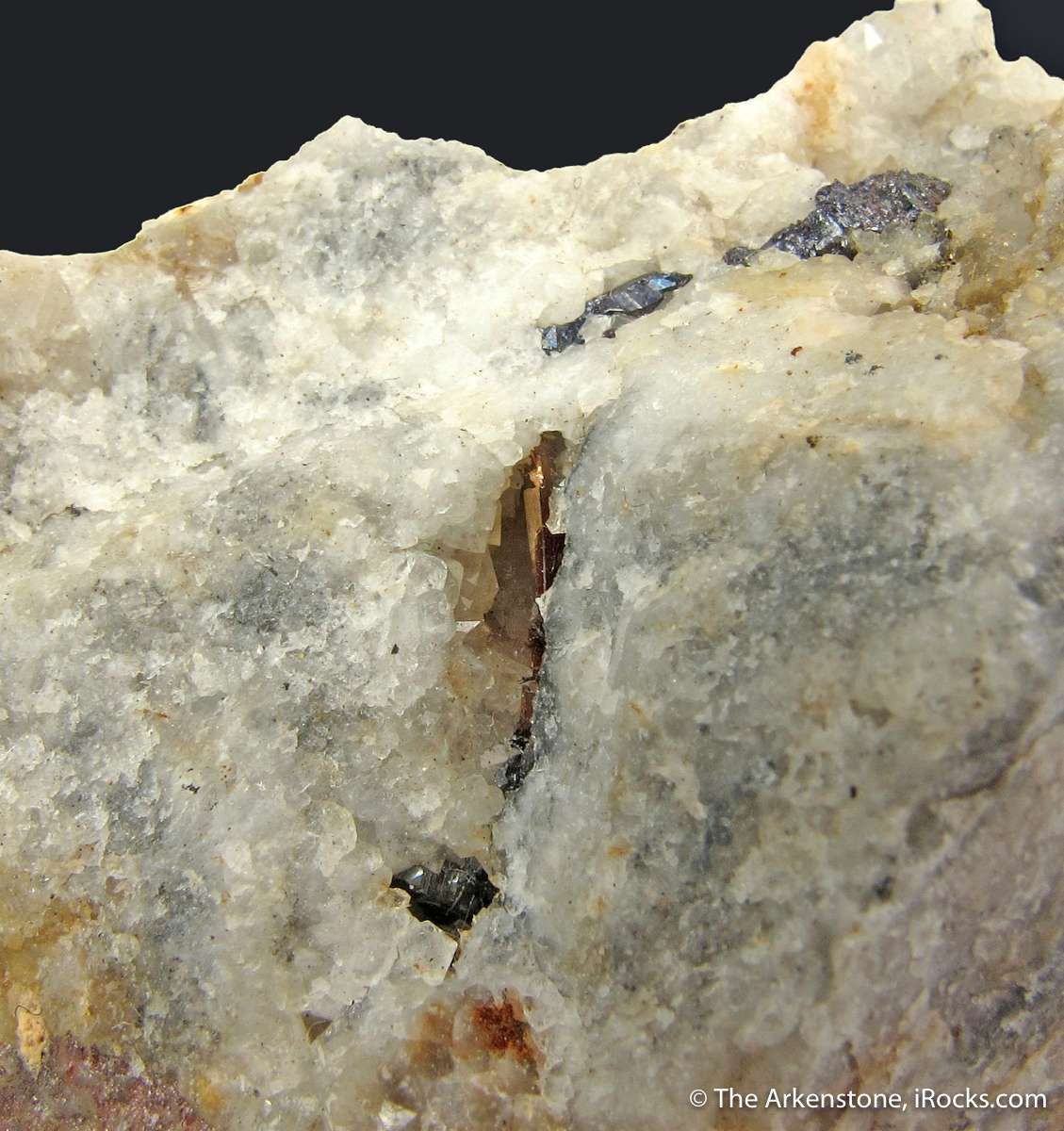
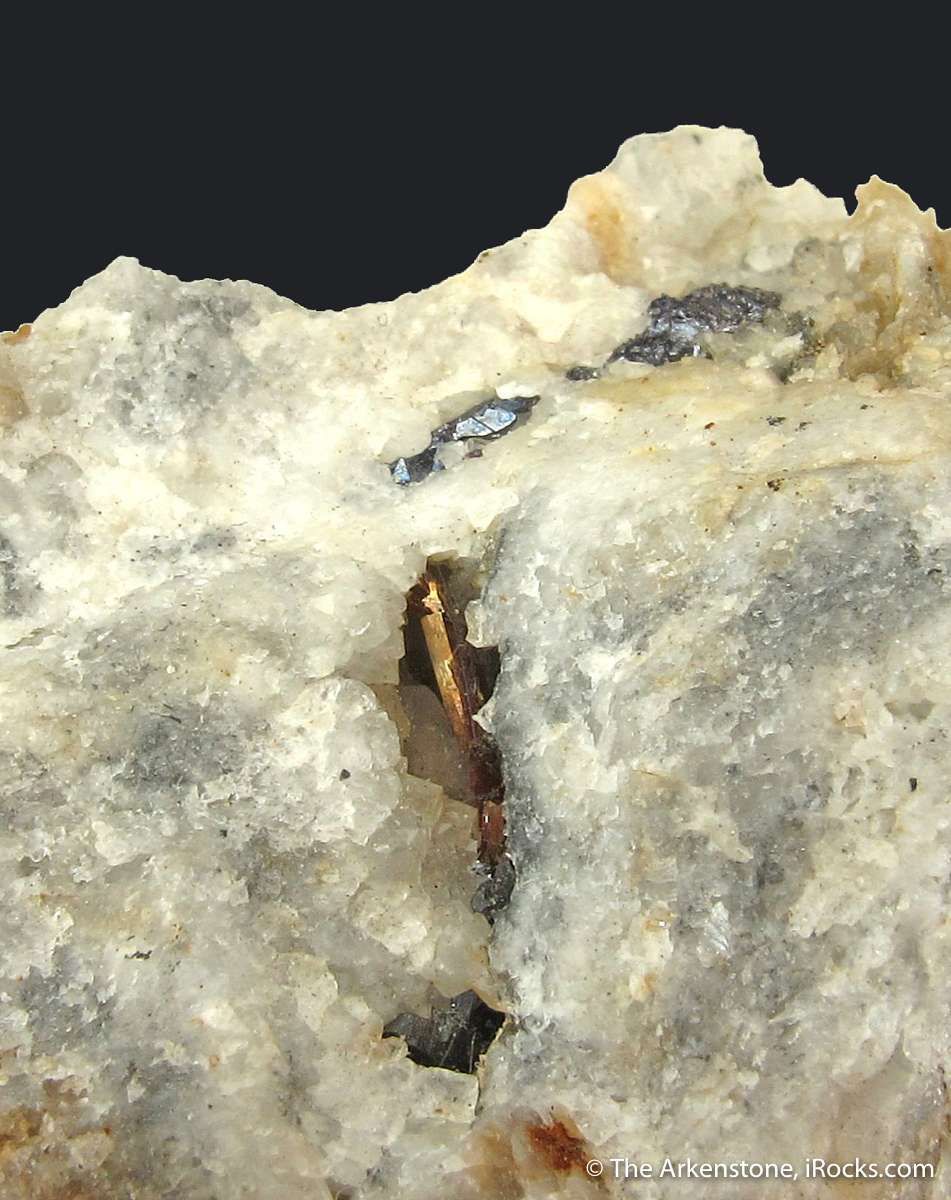
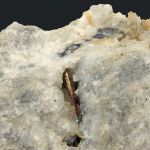
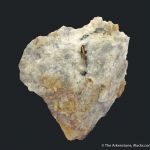
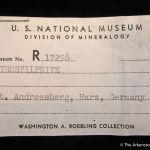
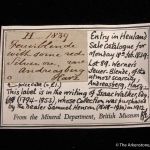

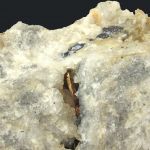
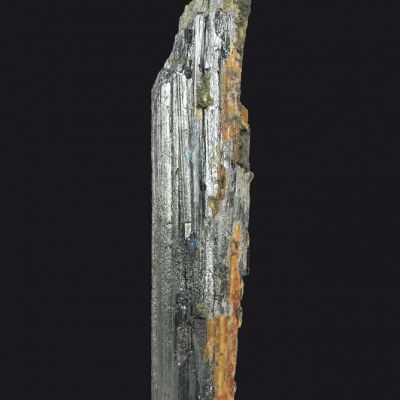
-fine-mineral-specimen-Edit-WM-small-cropped.jpg)


